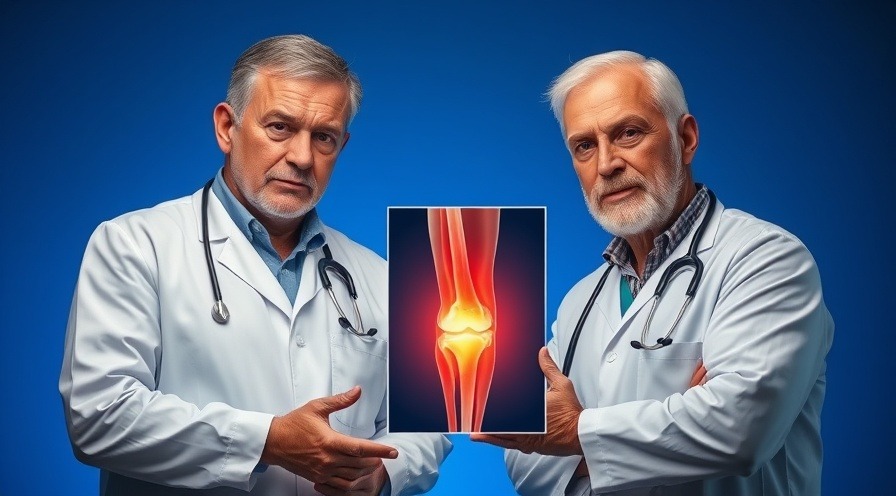
Debunking Emergency Room Misconceptions
The emergency room can be a daunting place, filled with anxiety and confusion. One common myth that often surfaces is the belief that being changed into a gown signifies imminent admission. However, this just isn’t the case. Health professionals may ask you to wear a gown during your visit, not necessarily because they anticipate your hospitalization, but simply to perform a more thorough assessment.
In 'Emergency Department Myth Busters: Part 4,' the discussion dives into common misconceptions about emergency room visits, highlighting important insights that sparked deeper analysis on our end.
Understanding the Gown Requirement
This misconception stems from a lack of understanding about medical protocols. Many assume that wearing a hospital gown equates to a hospital stay, but often, it’s merely a practical measure. The garments allow medical staff to conduct examinations and treatments more efficiently. They help provide better access to your health concerns without triggering the panic of impending admission. Realizing this can alleviate stress for patients during their emergency room visits.
Practical Tips to Manage Your ER Experience
When facing an unexpected trip to the emergency room, there are several ways to prepare and manage your experience better. Here are some helpful tips:
- Stay Informed: Knowing common practices can ease your mind. Understanding what to expect when you're being assessed can lower anxiety levels.
- Ask Questions: Don't hesitate to seek clarification about your treatment. Asking healthcare professionals what each step means can empower you during your visit.
- Keep Essential Information Handy: Bring a list of medications, allergies, and any chronic conditions to facilitate quicker assessments.
Humanizing the Emergency Experience
The emergency room is often perceived as a sterile and clinical environment, but the reality is quite different. Many healthcare practitioners are dedicated to ensuring patients feel seen and understood, despite the urgency of their situations. Being able to communicate effectively with your doctor or nurse can make a world of difference. Stories shared by patients frequently illustrate the compassion offered by those in the healthcare field, which can lead to a better experience.
What You Should Know Before Your Visit
Preparation can prove invaluable when it comes to dealing with emergencies. Here are some key points to keep in mind:
- Know Your Local ER: Familiarize yourself with the emergency protocols and staff in your area. Being acquainted with your nearest emergency services can lessen the fear of seeking help.
- Understand Your Rights: Patients are entitled to information regarding their treatment. Understanding your rights can strengthen your confidence when addressing health concerns.
- Don’t Be Afraid to Speak Up: If you feel uncomfortable or have questions, it’s important to voice your concerns to healthcare providers. They appreciate open communication and will strive to ease your worries.
Encouraging a Healthy Mindset
Being in an emergency situation can lead to heightened stress and anxiety. To counteract these feelings, consider practicing mindfulness techniques while waiting. Deep breathing exercises and visualization can promote a sense of calm. Encouraging friends and family to adopt similar strategies can foster a collective feeling of support and reassurance during stressful times.
Final Thoughts
Understanding common myths surrounding emergency room visits can empower patients to navigate healthcare more confidently. It’s essential to remember that being placed in a gown is not a precursor to hospitalization; rather, it's a standard procedure aimed at your well-being. By staying educated and proactive, you will not only enhance your own health outcomes but help demystify the experiences for others.
As we navigate our health journeys, let's prioritize open dialogue with our healthcare providers and actively participate in our wellness. If you are interested to learn more about emergency care topics, don’t hesitate to explore local resources or consult with your healthcare professional for any questions you may have!
 Add Row
Add Row  Add
Add 




Write A Comment